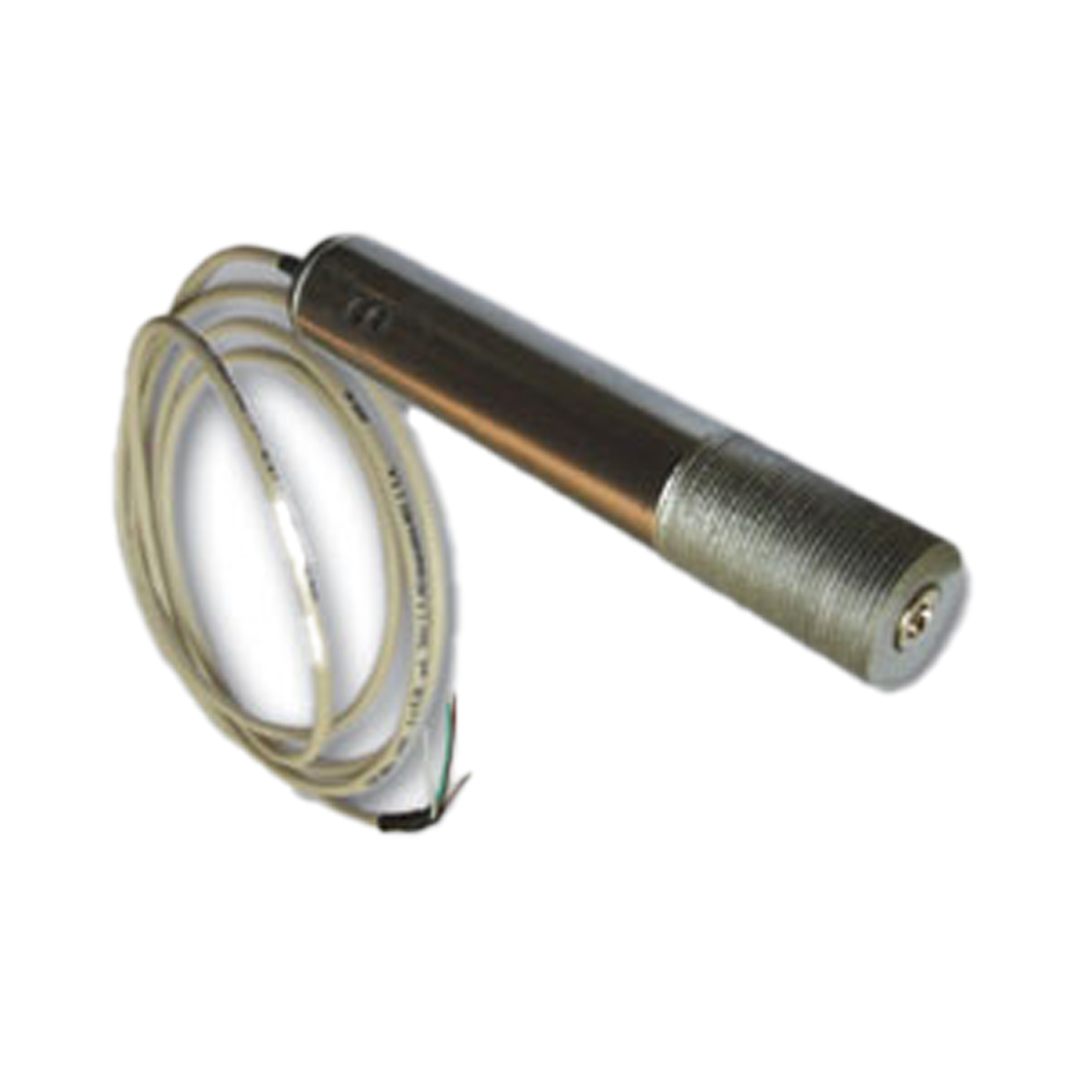You can reach us at [email protected]
LAMDA - HEAT SYSTEMS
You can reach us at [email protected]
LAMDA
- Tags: Infrared Temperature Sensor
- Product Code: 5451
Infrared Temperature Sensor
The infrared sensor is an electronic circuit that allows us to obtain information about the temperature of the material without contacting the material.
How the IR sensor works.
Every substance in nature emits infrared radiation unless the ambient temperature is lower than 0 ºK (273.56 ºC). This includes humans. The infrared sensor detects this infrared radiation emitted from the target. It converts this determined infrared energy to voltage by amplifying it thanks to amplifiers. This voltage is converted into a digital number with ADC and the temperature of the material is determined numerically with the help of microprocessors, and it gives it as an output signal in the form of 0-10 V or 4-20 mA, which is widely used in the industry.
Usage areas of IR sensor.
In Industrial Productions;
To see the application temperature of the textile fabric while it is being baked in the oven, to determine the drying temperature of the paint in the dyeing processes of products such as automobiles or white goods, to see the softening temperature of the leather material when shaping the leather, to determine the coating temperature when coating the wood material, to measure the glass temperature when tempering the glass, in shaping, adjusting the mold temperature, etc.
In Casting or Heat Treatment Applications;
Metals or glass materials such as iron, steel, aluminum poured into molds in liquid form in foundries undergo rapid cooling. The reactions that take place after casting, such as in which regions this cooling begins earlier or which parts remain hotter, have an important place in the quality of production. In this way, the movements of these hot and cold regions are observed with the infrared sensor placed and the thermal cameras that convert the signals of the sensor into images.
In mechanical systems;
An oil-free area or a loosened part will heat up due to friction and this area will be detected with a heat sensor and necessary precautions can be taken.
In power lines and fuses;
Problems that occur due to looseness, corrosion or high voltage at the electrical cable connection points in high voltage lines, transformers or electrical panels will cause heating at that point, and fire or similar negativities will be prevented beforehand by taking precautions against the temperature rise determined by the infrared sensor.
In heat insulation;
In areas where a building or an industrial-type furnace misses heat, hot areas caused by the friction of a space shuttle or an automobile with air at high speeds, thermal differences to be observed in the human body, thermal tests of textile fabrics prepared for firefighters or military purposes, etc. Infrared sensors are used for such purposes.
In home or office security systems,
Every home or office item that has a significant increase from the normal temperature value can be determined. For example, when your computer is turned on, someone sits on the chair before you, lights are turned on, etc. In addition, looseness that may occur in electrical sockets or fuses in electrical cable connection points and the resulting heating that may cause fire can be detected.
Advantages of IR sensor.
- There is no need to contact to measure the material temperature,
- The temperature on the material is detected directly, regardless of the temperature of the air. Other thermocouples are affected by the temperature of the air.
- Precisely determining the temperature of the material with the IR Sensor prevents production errors such as burning, yellowing, foaming, orangeing, wrinkling, shrinkage.
- The temperature at the target and the change in temperature are instantly read. Other thermocouples (such as PT-100, Lm35, DS1920) also lose time in transmitting data during the thermal equilibrium with the environment.
- IR Sensor gives 4-20 mA output. This allows sending data over long distances and prevents the transmitted data from being affected by magnetic or electric fields.
Technical Specifications of IR Sensor
Measuring range: 0-250 ºC
Operating Temperature: -10,+50 ºC
Output : 4-20 mA
Operating voltage : 12-30 V DC
Working wavelength: 5-14 µm
Repetition time : 1 sec
Measuring Ratio: 1:1
Resolution : 1/16 ºC
Contact Us
Please fill out the form to contact us. We will get back to you as soon as possible *

